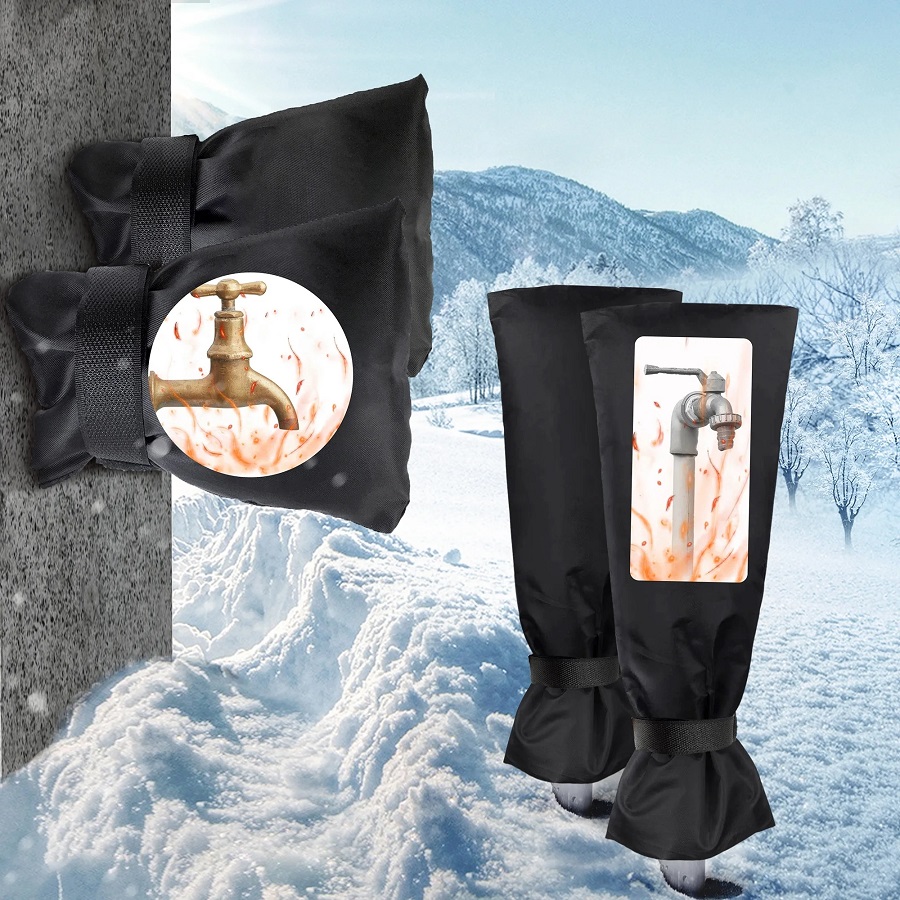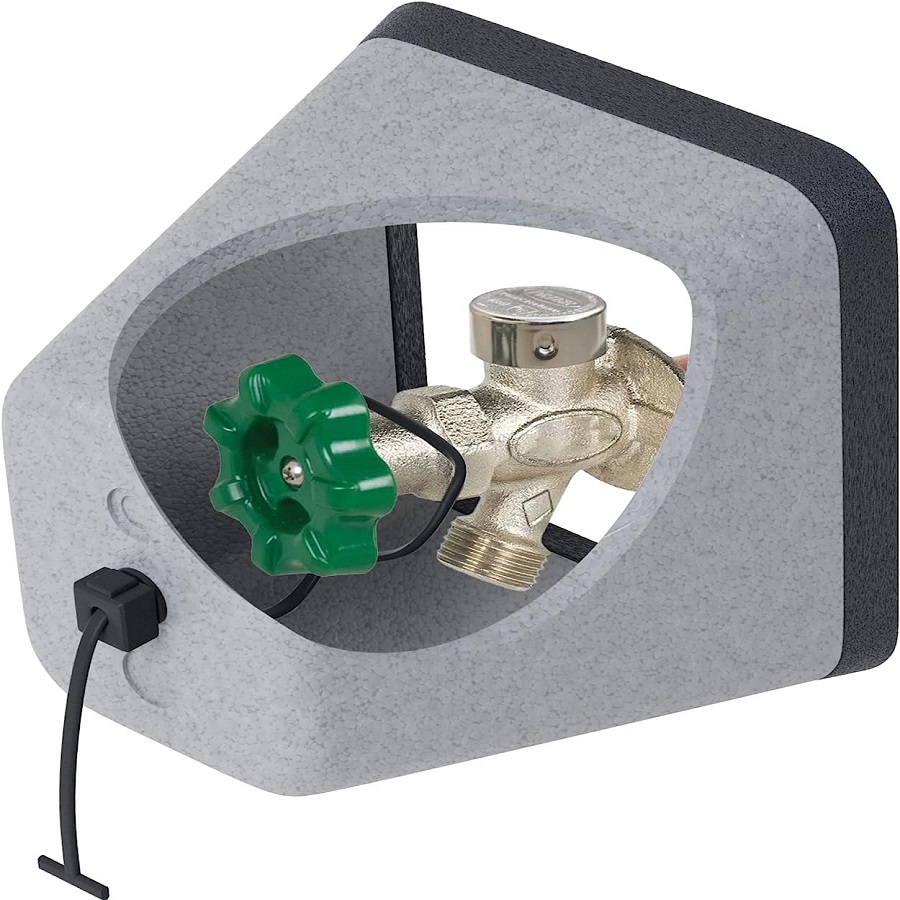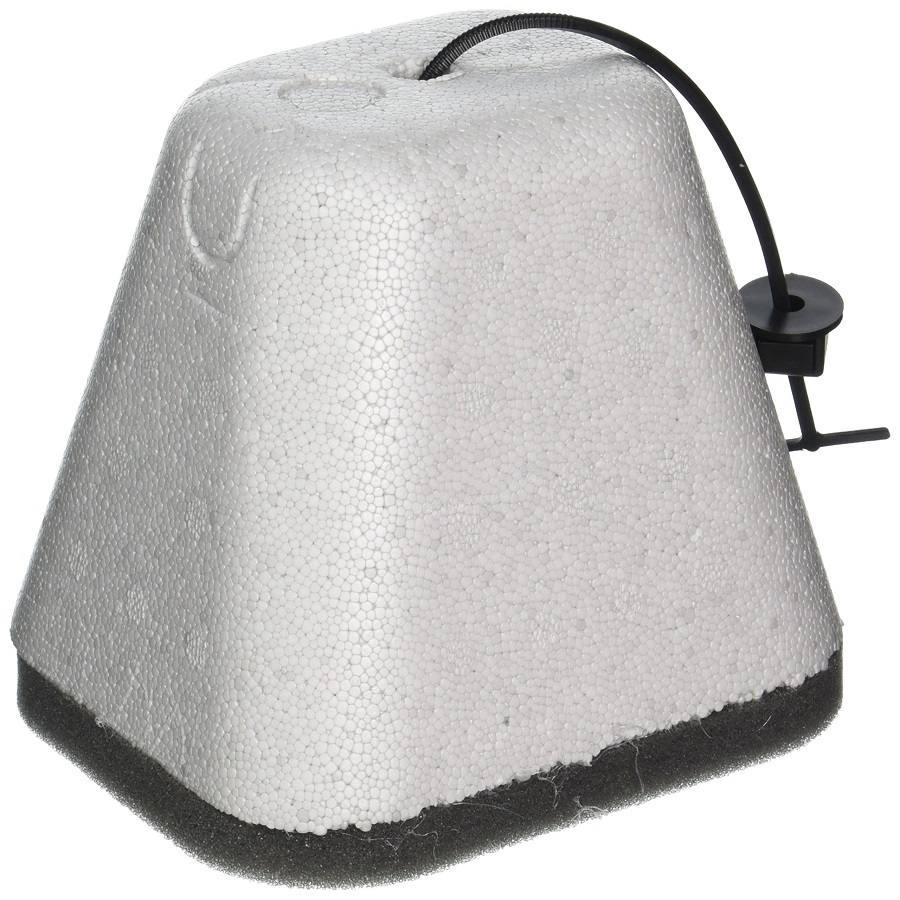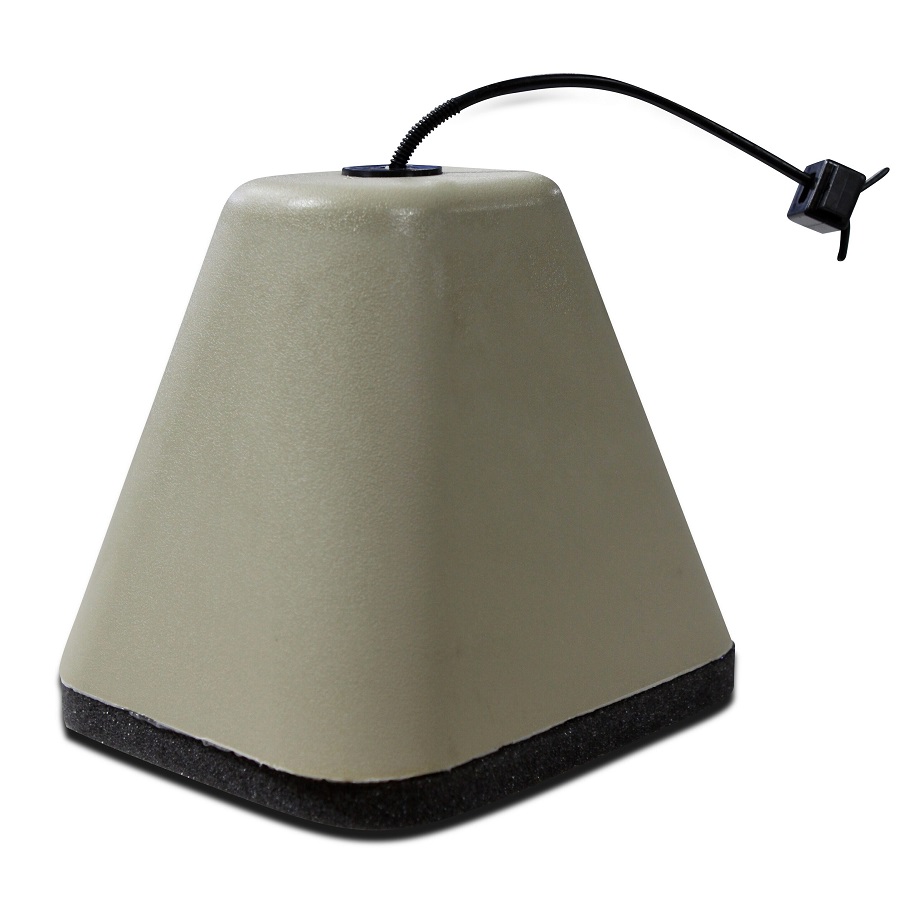How to protect outdoor faucets? Outdoor faucets are essential for watering your lawn, garden, and washing your car. However, these faucets are often susceptible to extreme temperatures and can freeze during the cold winter months. This can lead to damage to your plumbing system and costly repairs. In order to protect your outdoor faucets and prevent them from freezing, it’s important to take the necessary precautions. In this guide, we will discuss the best methods for protecting your outdoor faucets and keeping your plumbing safe.

Insulate Your Outdoor Faucets
One of the most effective ways to protect outdoor faucets from freezing is to insulate them. You can do this by using faucet covers or wrapping the faucets with insulation material, such as foam sleeves or towels. This will help to keep the faucets and the pipes from freezing when the temperatures drop. Be sure to secure the insulation material with tape or a rubber band to ensure that it stays in place.
Shut Off the Water Supply
Before the arrival of cold weather, it’s important to shut off the water supply to your outdoor faucets. Locate the shut-off valve and turn it off to prevent water from flowing into the outdoor faucets. Be sure to also drain any remaining water from the faucets by opening them and allowing the water to run until it stops. This will help to reduce the risk of freezing and prevent damage to the pipes.
Install a Frost-Proof Faucet
If you live in an area with harsh winters, it may be a good idea to install a frost-proof faucet. These faucets are designed to prevent freezing by allowing water to drain out of the faucet when it is turned off. Frost-proof faucets are a great investment for protecting your outdoor plumbing and can help to prevent costly repairs in the future.
Use Heat Tape
Another option for protecting outdoor faucets from freezing is to use heat tape. This electrical tape can be wrapped around the faucets and pipes to provide heat and prevent freezing. Heat tape is easy to install and can be a reliable solution for keeping your outdoor plumbing safe during the winter months.
Keep Your Outdoor Faucets Clean and Clear
It’s important to keep your outdoor faucets clean and clear of debris to prevent any potential issues. Check the faucets regularly for dirt, leaves, or other obstructions that could interfere with their operation. Clean the faucets and remove any debris to ensure that they are functioning properly and to prevent any potential freezing.

How to use outdoor faucets
Outdoor faucets, also known as hose bibs or spigots, are a convenient way to access water in outdoor spaces such as gardens, yards, and patios. Proper use of outdoor faucets ensures that you have easy access to water for gardening, cleaning, and other outdoor tasks.
Identifying and Inspecting the Faucet
Before using an outdoor faucet, it is important to identify its location and inspect it for any damage or leaks. Start by locating the outdoor faucet, which is typically found on the exterior walls of a building or on a freestanding structure such as a fence. Once you have located the faucet, visually inspect it for any visible damage, such as cracks, rust, or leaks. It is important to ensure that the faucet is in good working condition before using it to avoid any potential issues.
Attaching a Hose
One of the most common uses of outdoor faucets is to connect a hose for watering plants, washing cars, or other tasks. To attach a hose to the faucet, start by ensuring that the faucet is turned off. Then, screw the female end of the hose onto the faucet’s male threaded outlet. Tighten the connection by hand, and then use a pair of pliers to give it an extra half turn to ensure a secure fit. Once the hose is attached, turn on the faucet and check for any leaks or drips. If there are no leaks, the hose is ready to be used for watering or other tasks.
Using a Sprayer or Nozzle
For tasks that require a more controlled flow of water, such as watering plants or washing cars, it is helpful to attach a sprayer or nozzle to the end of the hose. This allows you to adjust the water flow and spray pattern to suit your needs. To attach a sprayer or nozzle, simply screw it onto the end of the hose. Once attached, turn on the faucet and test the sprayer to ensure that it is working properly. Adjust the spray pattern as needed and use it for watering plants or other tasks as desired.

Shutting Off the Faucet
After using the outdoor faucet, it is important to properly shut it off to prevent any leaks or wastage of water. Turn off the faucet by twisting the handle in a clockwise direction until it is fully closed. It is important to check for any drips or leaks after turning off the faucet, as this could indicate a problem with the valve or the hose connection. If you notice any leaks, tighten the connections as needed or seek professional help to address the issue.
Draining the Faucet in Winter
During the winter months, it is important to properly drain and protect outdoor faucets from freezing temperatures to prevent damage. To drain the faucet, start by turning off the water supply to the outdoor faucet from inside the building. Then, open the outdoor faucet and let any remaining water drain out. Once the water has been drained, close the faucet to prevent any debris or insects from entering the pipe. Finally, cover the outdoor faucet with a protective cover or insulation to shield it from the cold weather.
Advantages of outdoor faucets
Outdoor faucets, also known as hose bibs or garden taps, are an essential feature for any outdoor space. They provide convenient access to water for various outdoor tasks, such as watering the garden, washing the car, or filling up a pool.
Convenience
One of the primary advantages of outdoor faucets is the convenience they offer. Instead of having to drag a hose from the indoor faucet to the outdoor space, homeowners can simply attach a hose to the outdoor faucet and have immediate access to water. This makes it much easier and more efficient to carry out tasks such as watering plants or cleaning outdoor surfaces. Additionally, outdoor faucets are typically located in areas where they are most needed, such as the backyard or front yard, making it more convenient to access water without having to navigate through the house.
Versatility
Outdoor faucets are incredibly versatile and can be used for a wide range of outdoor activities. Whether it’s watering the garden, filling up a kiddie pool, or washing the car, outdoor faucets provide a reliable source of water for these tasks and more. This versatility makes outdoor faucets a valuable asset for homeowners who want to make the most of their outdoor space and maintain their property.

Conclusion
Protecting outdoor faucets from freezing is essential for maintaining the integrity of your plumbing system. By insulating your faucets, shutting off the water supply, installing frost-proof faucets, using heat tape, and keeping your faucets clean and clear, you can prevent freezing and avoid costly repairs. Taking the necessary precautions will help to ensure that your outdoor faucets remain in good working condition and that your plumbing system stays safe throughout the winter months. By following the tips outlined in this guide, you can protect your outdoor faucets and keep your plumbing safe.
